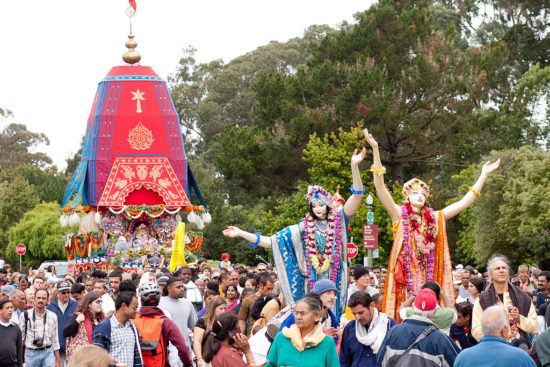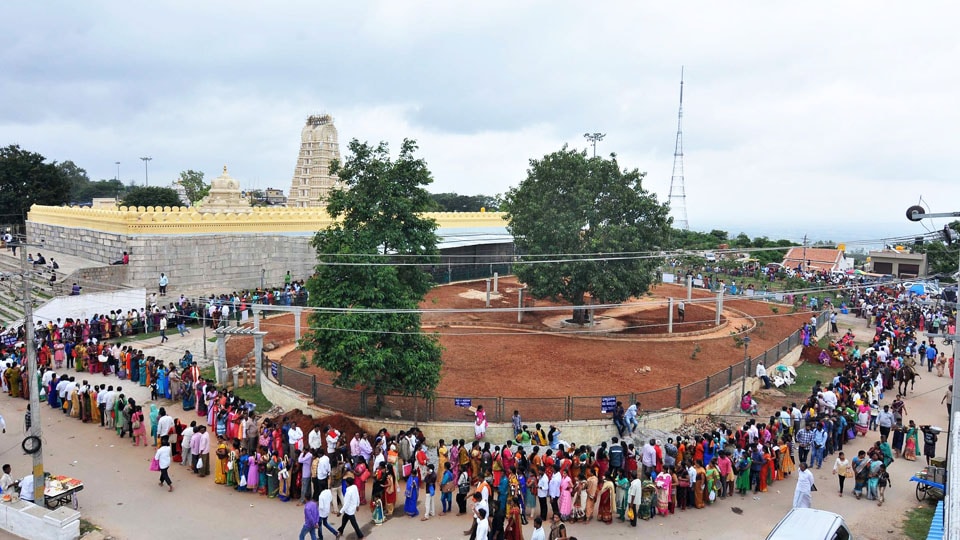Mahabharata Showcased: A Time Travel Into The Ancient Indraprasta
It all started on the crisp morning of 18 November 2016!
The much-awaited First Indraprasta Festival was held in Delhi, taking visitors back in time to the Mahabharata era. Aligned with the World Heritage Week the week-long festival was put together, after several months of preparatory work, by Neera Misra, chairperson of the Draupadi Dream Trust, an organisation working for the empowerment of women and our ancient heritage and culture.
For more than 21 years, Misra has been working as a social entrepreneur and this is the third cultural event organised by her, the last two being the Panchala Mahotsava in New Delhi (December 2013) and the Mahabharata Festival in Lucknow (in 2015).
It was as if two time-portals have opened up in Delhi into the heart of the ancient Indraprasta of the Pandavas! One was at the Pandav Fort (PuranaQuila) situated along the Old Mathura Road and the other one was at the National Museum, New Delhi.
Rare manuscripts, paintings and other artefacts related to Indraprasta were displayed at the Pandav Fort venue of the festival that was inaugurated by Rajya Sabha MP, Dr Subramaniam Swamy.
Yours truly, contributed two paintings on Indraprasta that were displayed at the two venues, bringing the ancient consciousness of Indraprasta to Delhi.
The paintings brought alive the city of Indraprasta, situated on the banks of the Yamuna River that has been described in the Mahabharata as shining white with mansions painted in white and the sabha-griha, the hall of assembly, constructed by Danava architect Maya, donning clear, shiny floors resembling the surface of water.
This palatial hall viz the Maya Sabha was an architectural wonder. My painting shows emperor Yudhisthira seated on the throne flanked by his four brothers Bhima, Arjuna, Nakula and Sahadeva. All the famous kings, heroes and sages in the Bharatavarsha are shown as present in this sabha, invited by emperor Yudhisthira. The dignitaries include Yadava heroes like Krishna Vasudeva, Balarama and Ugrasena, kings like Drupada of Panchala, Sisupala of Chedi, Dyumatsena of Kekaya, Jayatsena of Magadha, Srutayuta of Kalinga, Kamata of Kamboja, Jatasura of Madraka, Chanur of Yavana, the kings of Karusha, Anga, Vanga, Pundra, Videha and others like GandharvaChitrasena, Puru, Kshemaka and Kakshasena. Sages like Krishna Dwaipayana Vyasa.
Besides the visual feast, the visitors were also treated to cultural programmes, immersing Delhi in the ancient sounds of veena, mrudanga and other musical instruments. As the lotus feats of the dancers hit the ground, it reverberated in the hearts of the viewers, teleporting them to the Mahabharata era, reconnecting them to their ancient roots in the itihasa purana cosmos!











